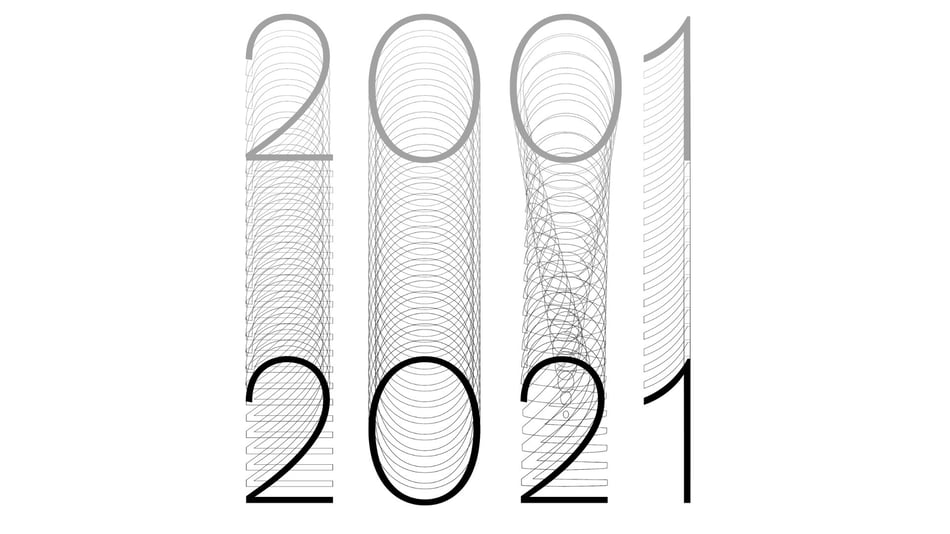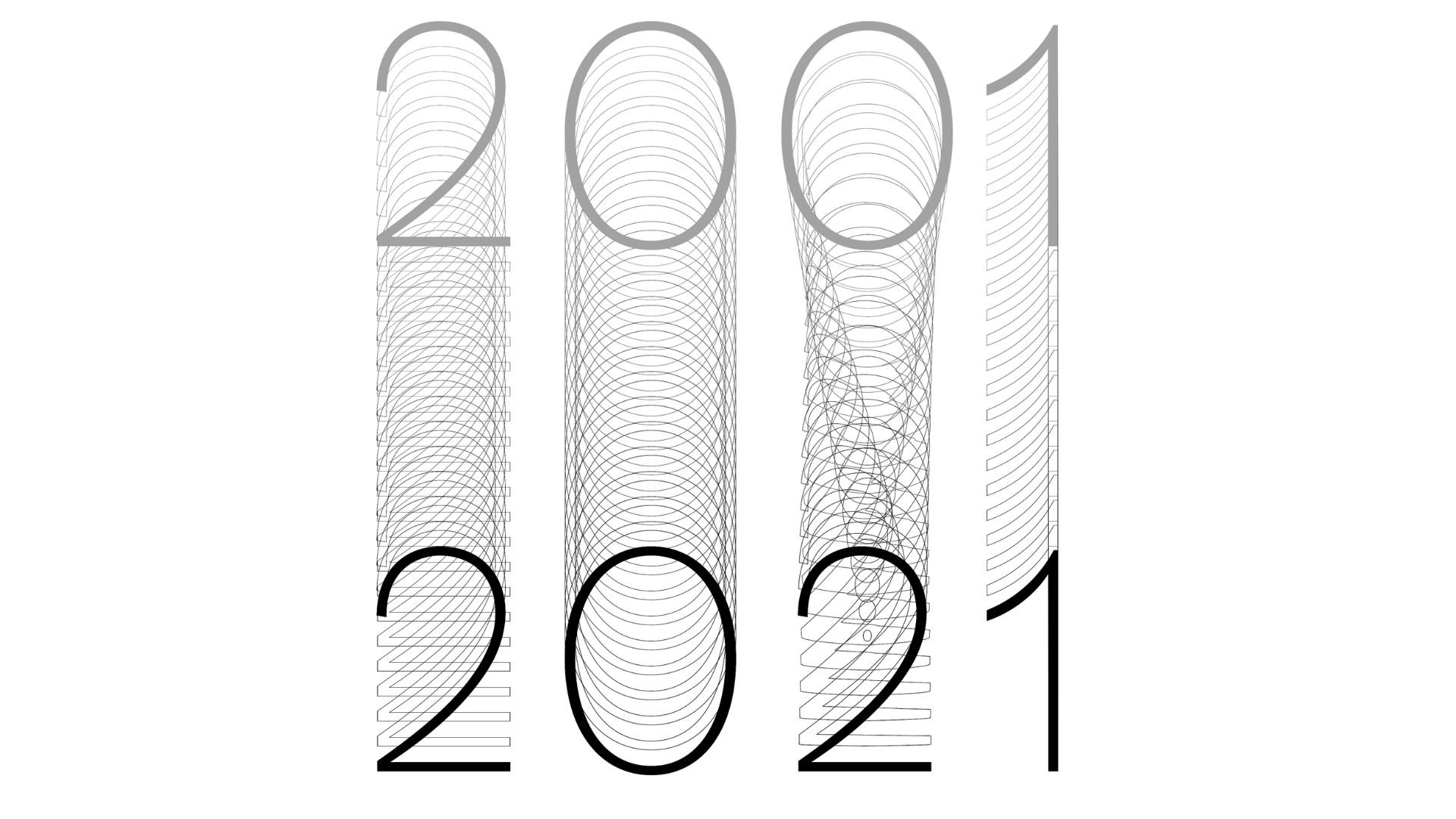The Icehouse 20-Year Publication: Part 14 – The Final Part

Welcome to the fourteenth and final part of our 20-Year Anniversary Publication serialisation. Each week, we’ll be publishing a new chapter telling the stories of the people and places that have contributed to our history. You can view part 13 here.

Future view: The virtuous VC feedback loop – Investing from the balance sheet
Icehouse Ventures chief executive Robbie Paul likens the great entrepreneurs to animals that go extinct because they only breed every 10 years.
‘Of course they went extinct, because they lay an egg once every decade,’ he says, before flipping the metaphor around.
In certain ecosystems – those with the right conditions – those same animals can thrive and grow exponentially. And that’s what is happening in New Zealand, and why the world of ventures in New Zealand, led by Icehouse Ventures, is heading in the right direction.
‘We’ve got more of those rare breeds breeding,’ says Paul.
Don’t ask him about the goal though. Not the 20-year goal, or the 50-year goal or any time in the future. Because there isn’t one. While it’s inspiring to hear Sir Paul Callaghan talk about 100 companies producing $40 billion of export earnings per year, it can’t be a target, because the world of ventures is a journey, not a destination.
‘If you go to New York and talk to those guys, they’ll say what we need is one more unicorn – a billion-dollar company – or one more big anchor tenant, another Pinterest or a Google. Then we need one more big homegrown venture fund, and then we need a bunch of other $100 million companies. So you have all these founders starting new companies but you're never going to be satisfied because that's the nature of entrepreneurship. Entrepreneurship is sitting on the edge and continuing to push forward. All you can do is just keep moving along. But if you force me to say whether the startup and venture world is becoming transformed and isn’t recognisable compared to what it used to be… then yes, we’re definitely moving in the right direction.’
If your sense of the venture world has been shaped by the HBO series Billions then you’re unlikely to think there’s anything virtuous about it. You might picture it as populated by evil, exploitative financiers who have no concern for the people they tread on as they clamber towards great wealth. Fortunately, that’s not the reality. But there is a common element between the sensationalised and dramatic portrayal and the real world of venture capitalism. And that’s the driver to do well. In Paul’s words, the reality is that in venture you can’t do good without doing well. And you can’t do well without doing good. It’s the virtuous cycle of ventures.
‘I have total conviction in that belief,’ Paul says. ‘They’re just not mutually exclusive. Our impact is delivered the same way that our value is delivered. If you attract, invest in and support a company that becomes immense, then you can do really well. And all of the impact goals that The Icehouse could ever conjure up are going to be achieved as well – more high paying jobs or more tech that can transform the future of New Zealand or more tech that can make the world a better place or a fairer place or a healthier place. They're just very tightly coupled.’
In other words, in the startup world, wealth correlates to creating new things, whether that’s technology or a new product or a new way of serving people. Which is different, as Paul argues, from wealth creation that’s only based on information arbitrage or exploiting people or driving consumerism or shorting companies.
It comes down to a key tenet of ventures – investors can’t win without creating value.
‘You could generate a ton of wealth just shorting a stock or winning some good bets in the listed equity market or doing aggressive takeovers of organisations,’ Paul argues. ‘But in the venture world, you can't create value by oppressing the founders. The venture world is 100 percent reliant on founders delivering extraordinary outcomes. We don't influence the outcomes, the founders do. You can help them along the way and you can give them some good connections and a bit of advice and a pat on the back – but ultimately, they're the ones on the playing field, and they've got to pull out extraordinary feats to build the businesses that we’re looking for. And they deserve all that credit. So, in the finance world, if you were exploitative, it just wouldn’t work.’
But, Paul adds with a laugh, maybe he’s just biased and they are actually just evil finance people after all.
Future view: Te Ao Māori
Ehara taku toa i te toa takitahi, engari he toa takitini
My success is not mine alone, it is the success of the collective
.jpg?width=1920&name=Maori%20Leadership%20Cadetship%20(1).jpg)
The creation myth of Te Ao Māori is beautifully symbolised by the Takarangi, the double spiral pattern symbolising creation that is used widely in Māori carvings and art.
At the centre of the double spiral is the space representing the progenitor of all possibilities – the origin of all things, the beginning, the moment of creation. Rotating out from the centre are two solid spirals representing the separating out of Ranginui (the sky father) and Papatuanuku (the earth mother). The pattern represents their bond as well as their parting – togetherness as well differentiation. But it’s the space between the spirals that symbolises te ao Marama (the world of light and knowledge) and the link humanity has with Wairua (the spiritual dimension).
It’s a space that’s becoming increasingly important to how The Icehouse understands and participates in a richer worldview that has implications for entrepreneurs whose success will be measured by more than wealth. A priority for The Icehouse is to provide a bridge for entrepreneurial Māori and Pākeha, as well as other communities, entrepreneurs and innovators, so that each can learn from the best the other has to offer; to play in the space in-between, so to speak, to discover new ways of doing business in an innovative, socially aware and environmentally sustainable way by understanding the worldviews of others. The Māori community has always taken an intergenerational, longitudinal view of what success means. That worldview has much to offer with its holistic vision, its attention to wellbeing, and its sense of guardianship.
Drawing from that worldview can – and must – change the conversation.
The Icehouse is on a journey to more authentically connect with the Māori worldview in line with the people of Aotearoa. We’re not unique in this. The rise in te reo and a more inclusive appreciation of Aotearoa’s history and the implications of New Zealand’s colonial past, are valued by The Icehouse and recognised as long overdue moves in a right and rich direction. After all, the blended universe that was the intent of Te Tiriti at the beginning was encapsulated and symbolised by the blended threshold of land and sea in the place where The Icehouse has operated from the start, the old Mechanics Bay, where Māori and Pākeha first came together to conduct trade and enterprise vital to early Auckland’s survival. This ‘bond’ is part of our history, and one of which we should be proud.
Connecting with te ao Māori is the right thing to do but it also makes business sense. Demographic data shows an increasingly diverse ethnic mix of business owners and stakeholders, many of whom will connect with The Icehouse at some point in the future. But more than that, the long-term intergenerational perspective of te ao Māori has much to teach The Icehouse as it continues to be a place of spirited connection and conversation in the in-between spaces.
Want to read more? You can download the publication here.
For information on how our programmes, workshops and advisory services can help you and your business, click here.
For more business ownership and leadership advice, check out more of our blogs.
Icehouse Alumni? For more Icehouse content head to Icehouse Central and register now. Follow this link.


